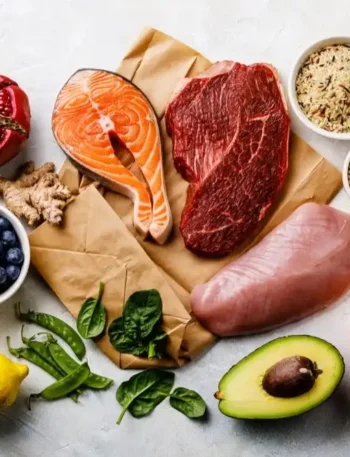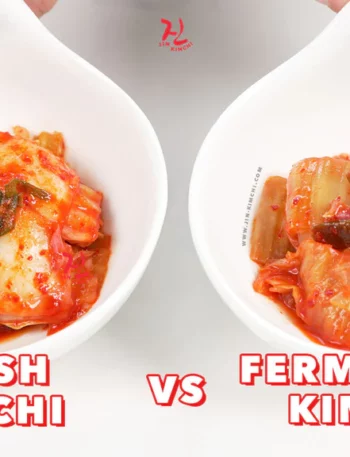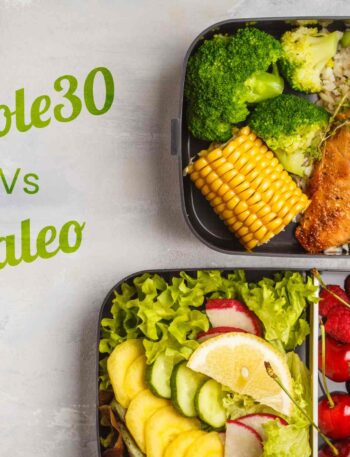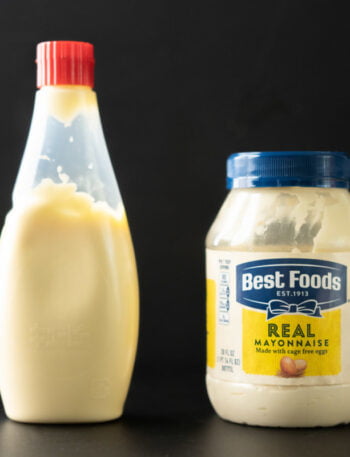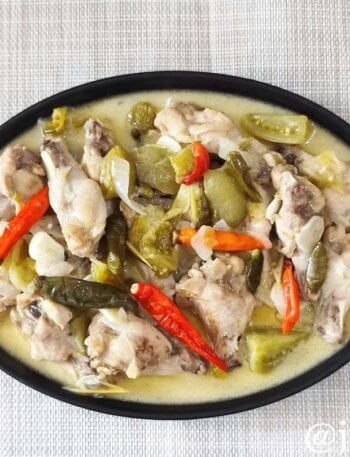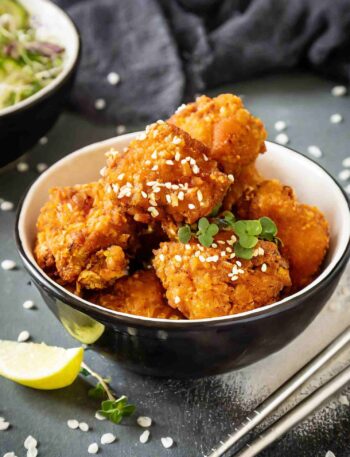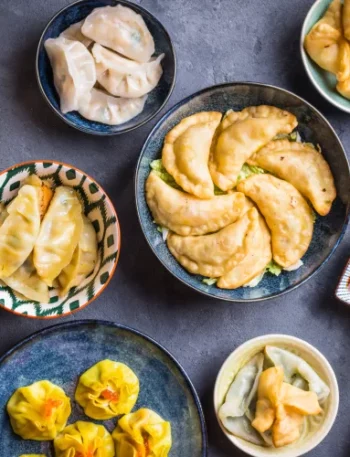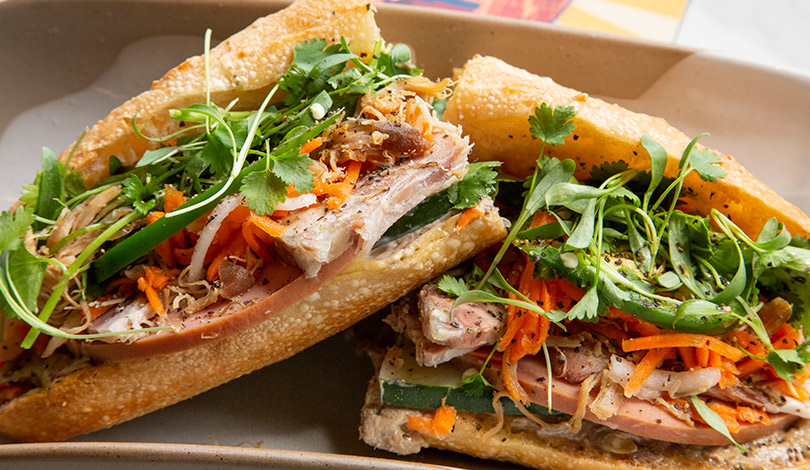
Bánh mì doesn’t just hit different; it hits like a damn freight train dressed in cilantro and chili, honking its horn through your taste buds. It’s not trying to be subtle. It’s not whispering “flavor.”
Nah, it’s kicking the door open, shoes on, blasting ‘90s hip hop, and saying, “Yo, I brought lunch.” While other sandwiches play nice with their fancy pickles and curated mustard, bánh mì pulls up with pickled everything, crunchy daikon, creamy pâté, fiery chili, and a crusty baguette that’s so light it feels illegal.
It’s a culinary dropkick to the face — and yes, you’ll thank it for the bruise.
There’s layers to this beast — not just in ingredients, but in identity. It’s not just food; it’s colonization turned into art, it’s survival wrapped in flavor.
French baguettes + Vietnamese soul = this glorious Frankenstein of flavor fusion. That’s the thing: while most sandwiches stick to one narrative (turkey, mayo, lettuce, yawn), bánh mì tells a messy, loud, beautiful story.
A story of war, of resilience, of a people flipping the script and seasoning the hell out of it.
Let’s talk texture — ‘cause this thing is a crunch symphony. Soft pâté, crisp cucumber, slippery jalapeños, juicy meat, tangy pickles, and that baguette that shatters like your last relationship.
You bite in, and every tooth has a different job to do. It’s not a meal; it’s a mission. And somehow, it never feels heavy. It dances.
While your classic sub weighs your stomach down like a wet blanket, bánh mì lifts. It’s the sandwich equivalent of “light on its feet but hits like a heavyweight.”
You ever eat something and feel like it knows a secret about you? Bánh mì does that. It knows you’re bored. It knows you’ve been eating sad deli meat with a side of regret.
And it’s got zero patience for that. It rolls up like, “You want heat? Gotchu. You want umami? Bet. You want fresh herbs like your taste buds just walked into a garden rave? Say less.”
It brings the whole damn pantry to the party and somehow still feels cohesive. Balanced. Controlled chaos.
And let’s not get it twisted — bánh mì isn’t just a lunchtime fling. It’s an all-day ride-or-die. Hungover? Bánh mì. Post-breakup? Bánh mì. Mid-life existential crisis? Double bánh mì.
It’s the edible equivalent of that one friend who tells it like it is but still brings you soup. It comforts and challenges you, like your grandma with a black belt.
Here’s the part that trips people up: it’s cheap. Like, stupidly affordable. That $3–$5 range that makes you suspicious it might be too good to be true. It’s not. It just refuses to be bougie for no reason.
You’re getting French colonial architecture in sandwich form, and it’s not even asking for more than bus fare. Meanwhile, other “gourmet” sandwiches are charging $14 to hand you a slice of sadness with gluten.
Let’s throw in some real talk: Western sandwiches often taste like they gave up halfway. The cheese tries, the meat clocks in, but nobody’s breaking a sweat.
Bánh mì? Everybody’s grinding. The cilantro’s throwing elbows, the fish sauce is dropping one-liners, the sriracha’s bringing drama, and the pickled carrots are just vibing like it’s Coachella in your mouth.
“A bánh mì doesn’t just feed your hunger. It feeds your fight.”
If sandwiches were music, bánh mì would be a mixtape dropped in an alleyway that ended up winning a Grammy. Raw. Real. No filler. Just flavor bars and spicy truths.
So why does it slap harder than the rest? Because it doesn’t pretend. It doesn’t try to be “elevated” or Instagram-friendly. It just shows up, full throttle, wearing flip-flops, handing you a lesson in flavor diplomacy.
It’s fusion with purpose. It’s grit with garnish. It’s the sandwich equivalent of a mic drop.
And once you’ve had a real one — crusty, messy, fragrant, and a little chaotic — there’s no going back. Everything else feels… tame.
Bánh mì doesn’t whisper. It roars. And your lunchbox’s been too quiet for way too long.
“Some sandwiches satisfy. Bánh mì seduces.”


